Bondi Blue
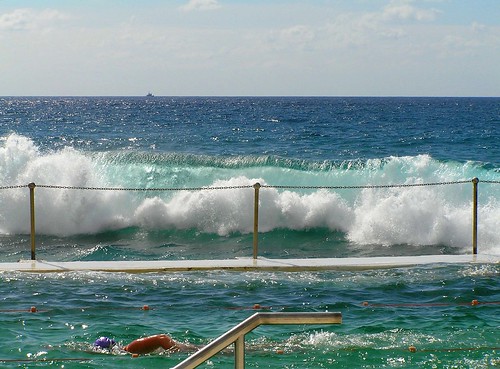
Ah Bondi. I love this strip of coast near my home. I lived here once and hope to one day again soon.
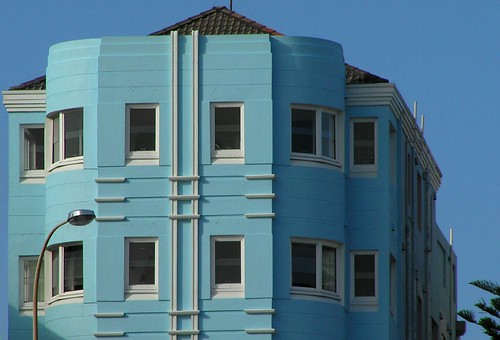
Most of these old beauties have gone. Unfortunately the suburb's planners were either at the beach or had absolutely no idea because this most famous of all Australian beaches once you step back from the sand, has one of the ugliest architectural faces and now blatant ugly consumerism is being peddalled along the main strip. They were even clever enough to build an openair carpark behind the promenade running the entire length of the beach. So now it's a hodge podge with every era's worst example competing side by side with each other. Not to mention the multinationals like Macca's and KFC - when they were allowed in that was the beginning of the end.
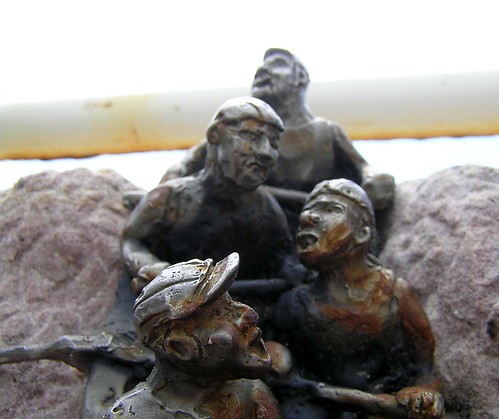
However, the suburb itself is like a big village. Amongst the locals there is a real feeling of community and I have not seen as much evidence of that sort of thing where I live in the inner city or even in neighbouring suburds. The huge amount of backpackers and travellers and daily tourists may seem too full on for some, but come February every year until around November the crowds ease off, everything gets much cleaner and the real face of Bondi shines through.
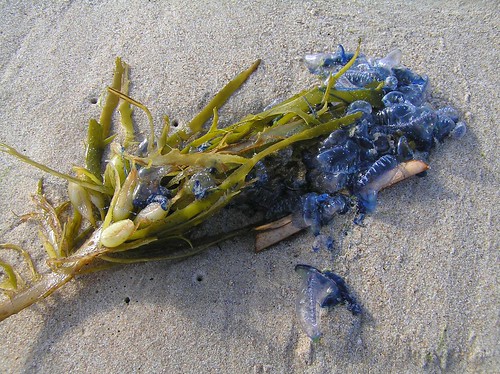
Last night we went down for our daily constitutional and found the waters edge littered with bluebottles. Making it impossible to walk down there and we were too lazy and hot to walk in the soft sand. These little stingers are so vivid and beautiful. Also known as Portuguese Man-of-War, these amazing creatures are not a single animal but a colony of four kinds of highly modified individuals (polyps). The polyps are dependent on one another for survival. The float (pneumatophore) is a single individual and supports the rest of the colony. The tentacles (dactylozooids) are polyps concerned with the detection and capture of food and convey their prey to the digestive polyps (gastrozooids). Reproduction is carried out by the gonozooids, another type of polyp. Bluebottles are hermaphrodites, so each individual gonozooid consists of male and female parts. Sorry about the biology lesson but I think they're fascinating.
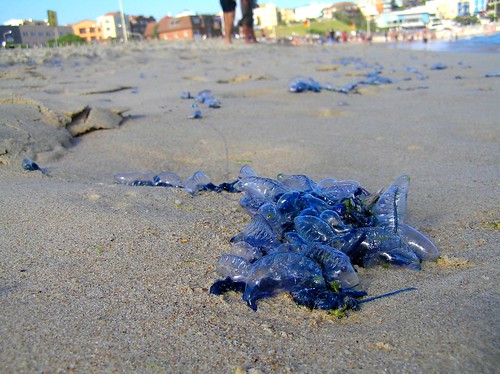
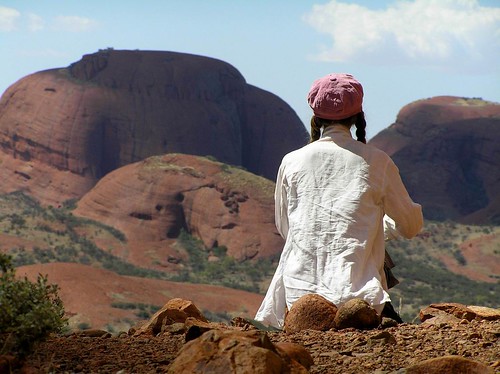

1 Comments:
Don't apologize for the biology lesson. I loved learning more about these "men-o-war;" we have them along our coast in texas, and despite having grown up with them and majoring in biology, I don't think I ever inquired more about them than the obvious: stay away. I think I have more wonder now than I ever have. It's nice to see them more objectively. beautiful photos.
Post a Comment
<< Home